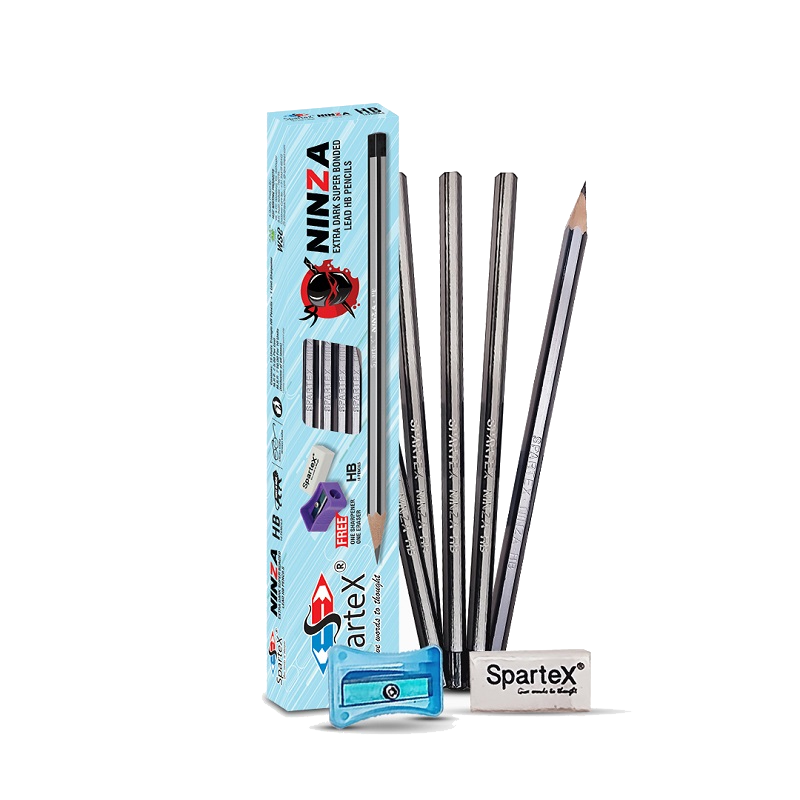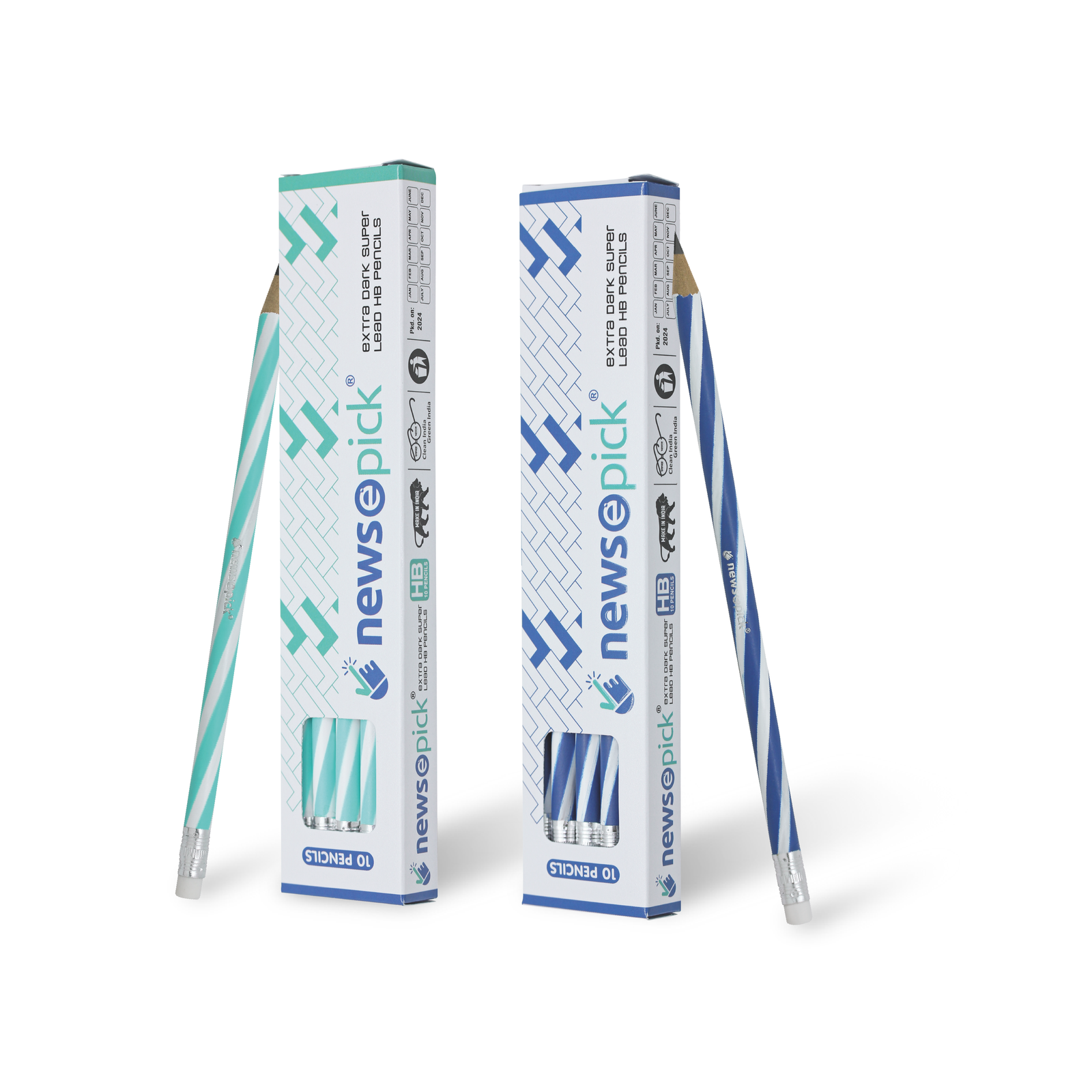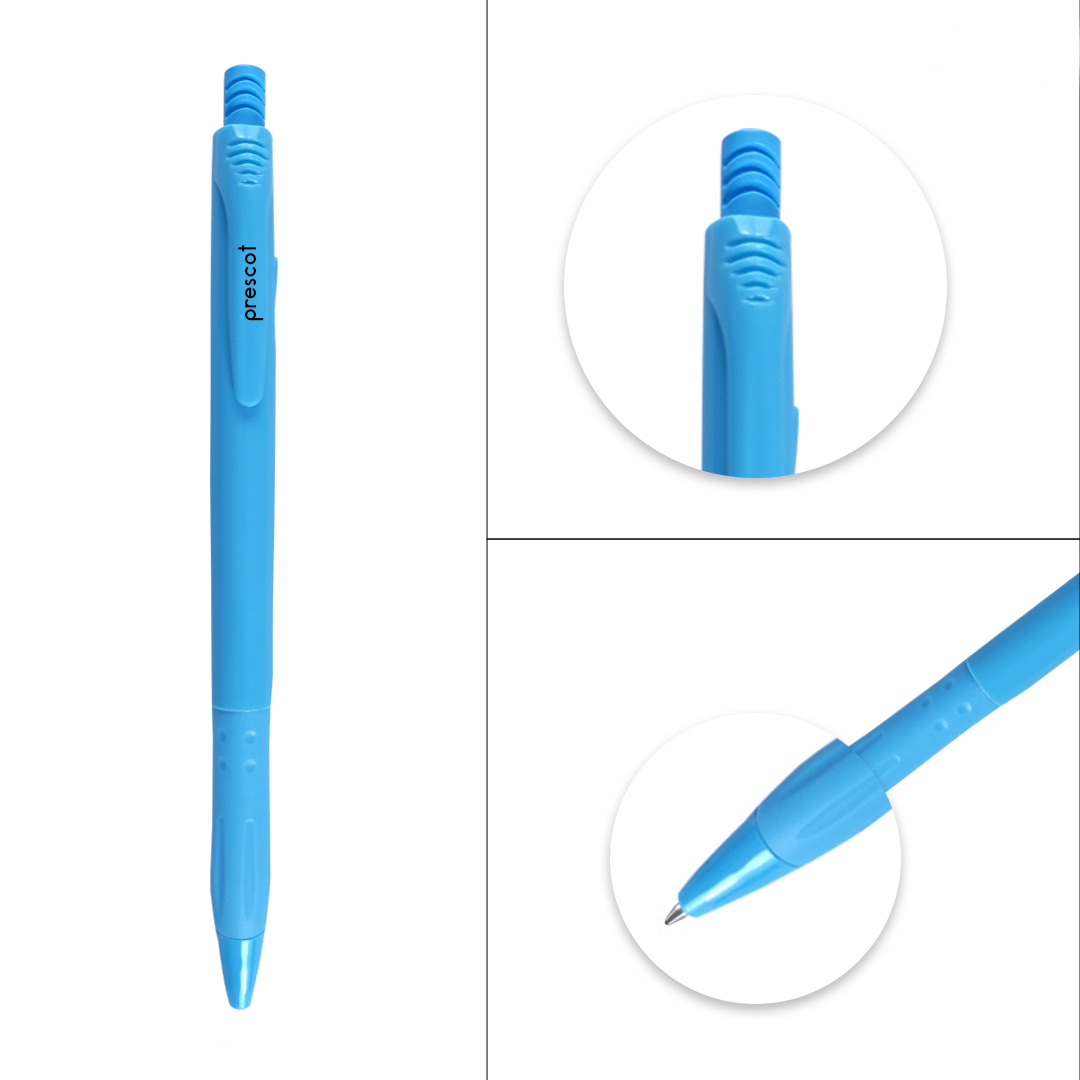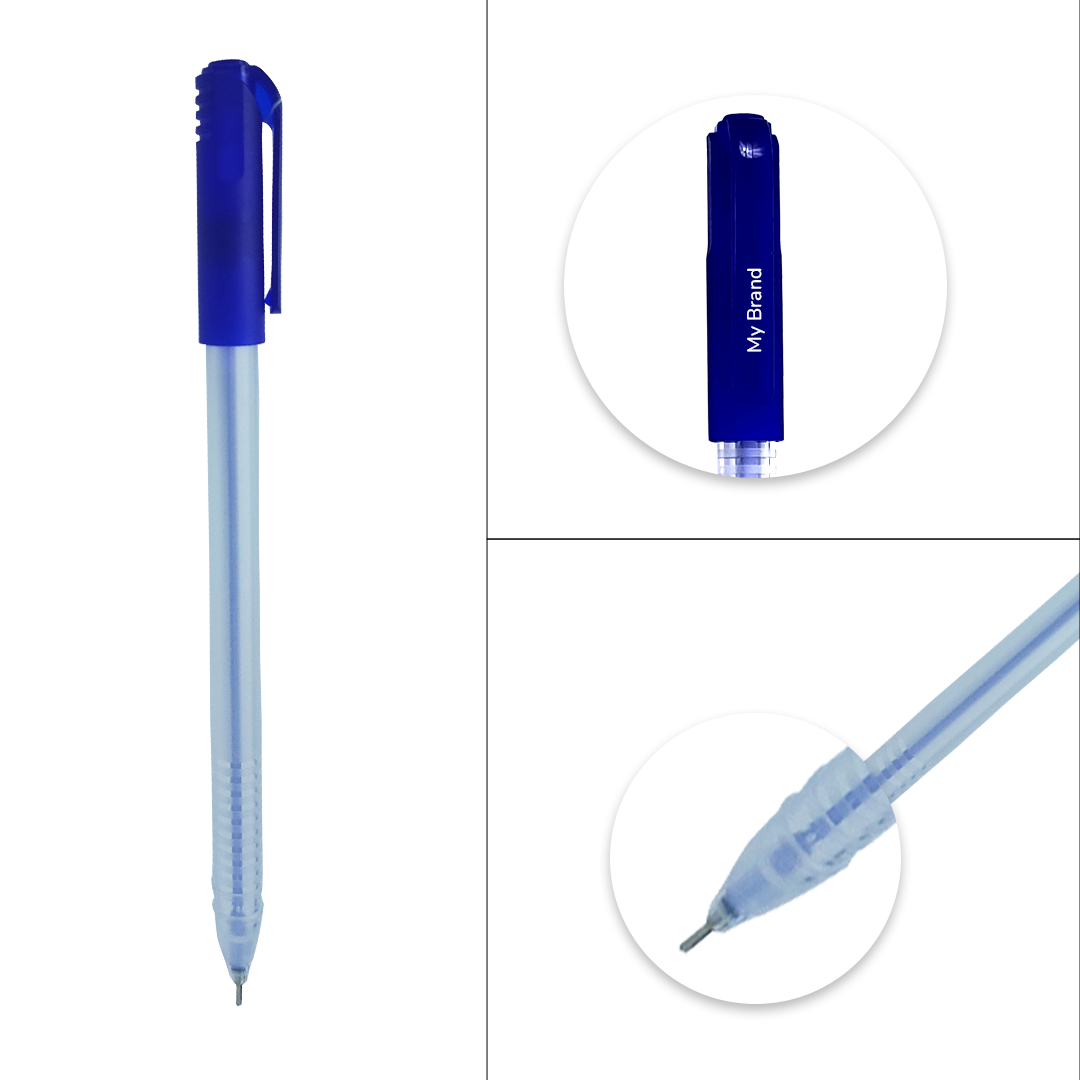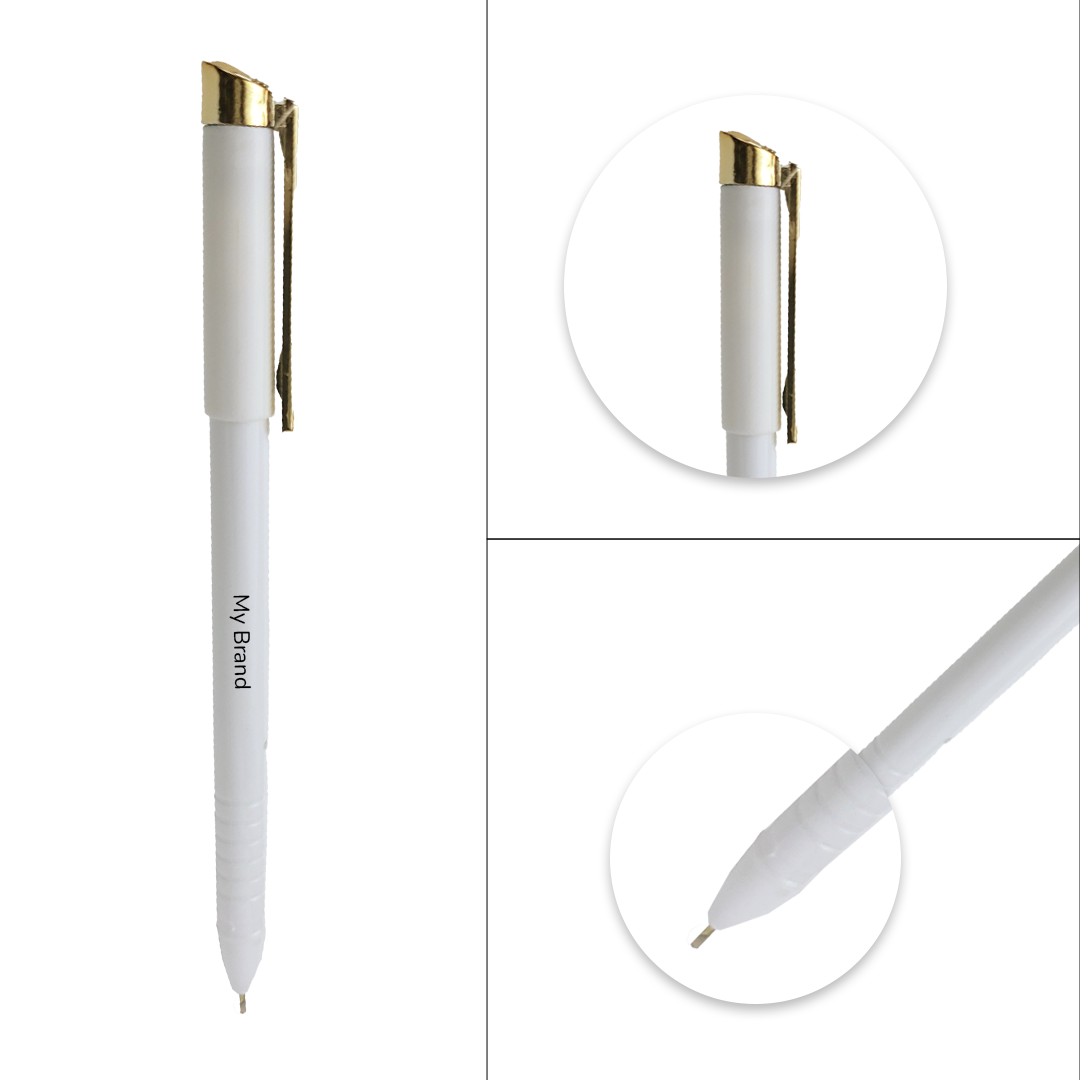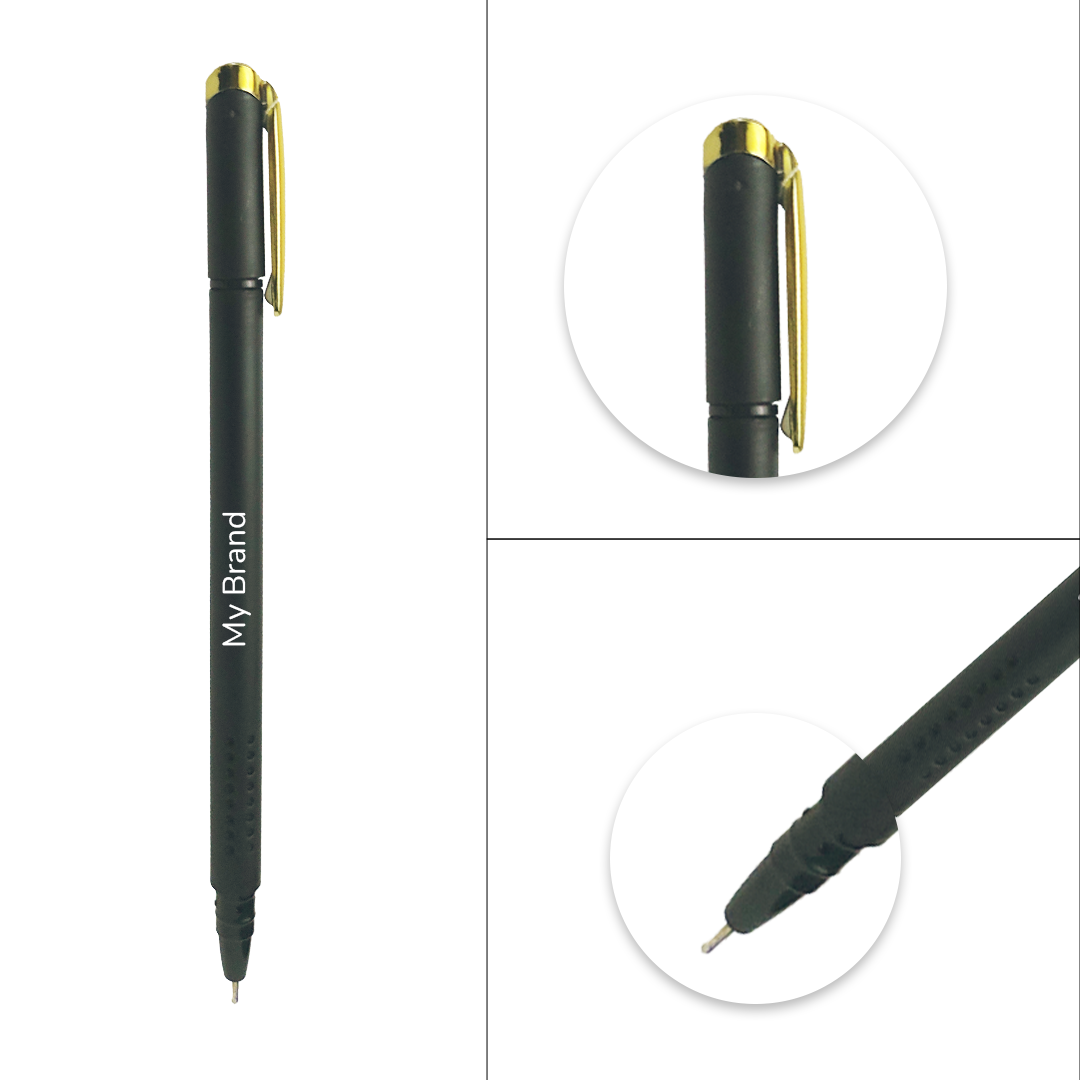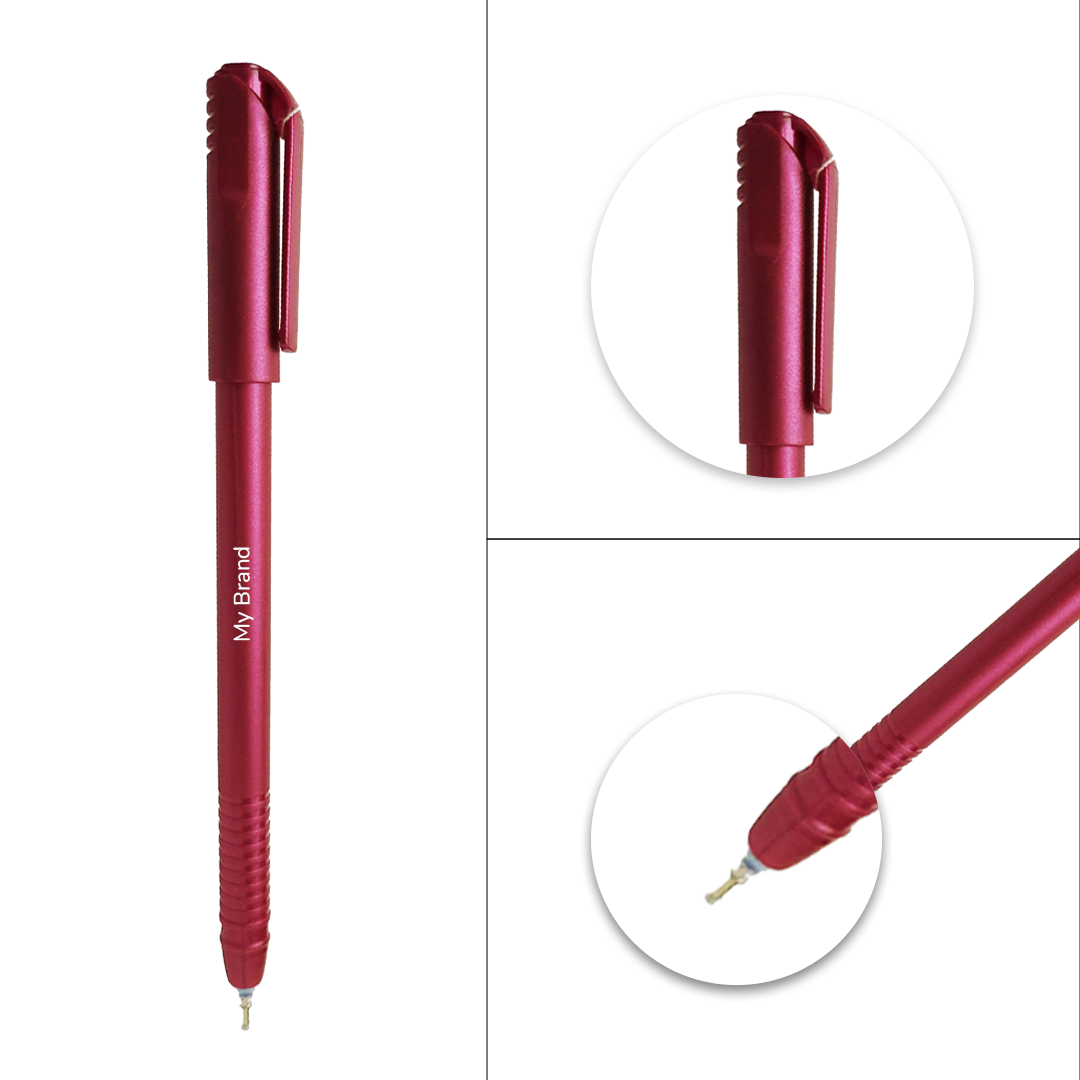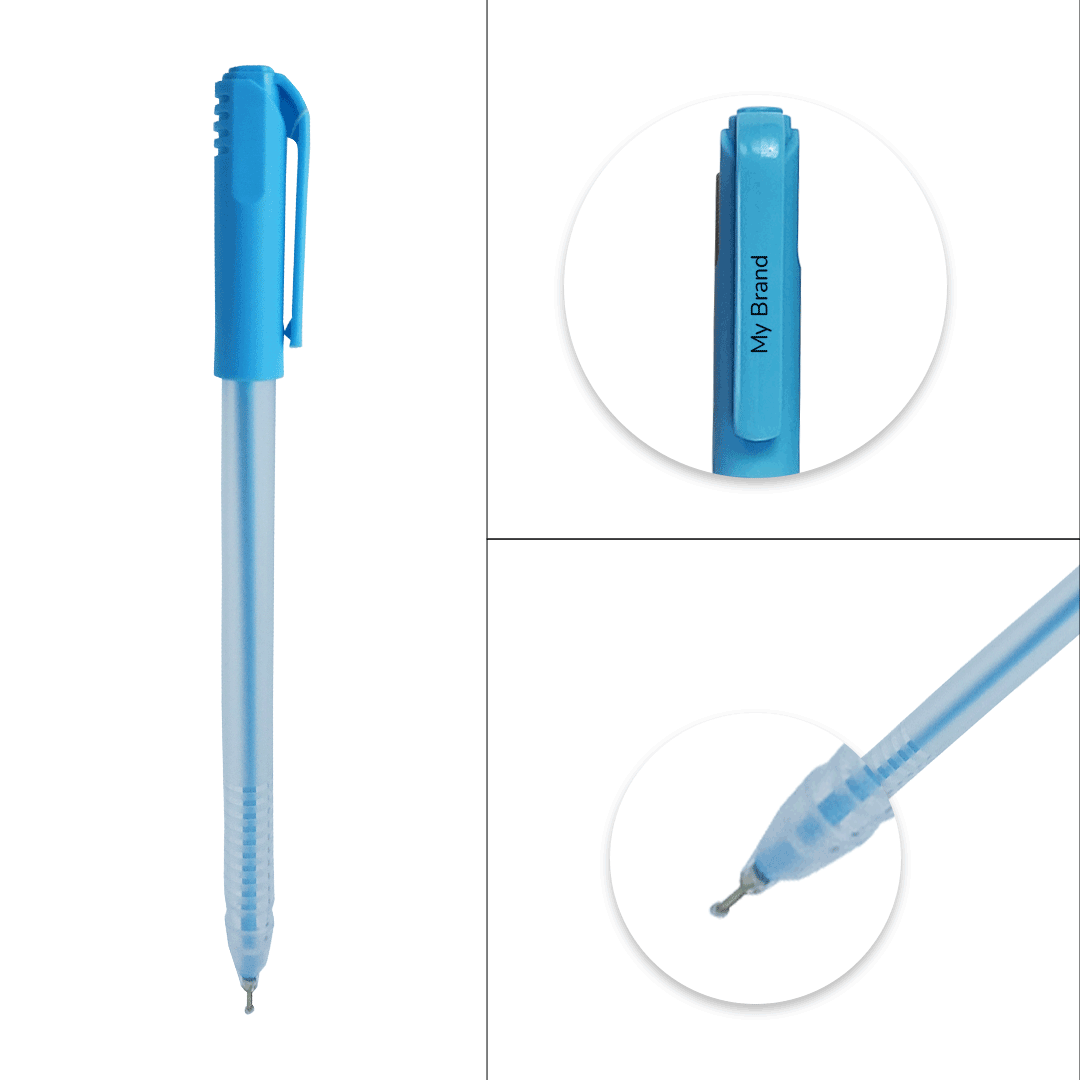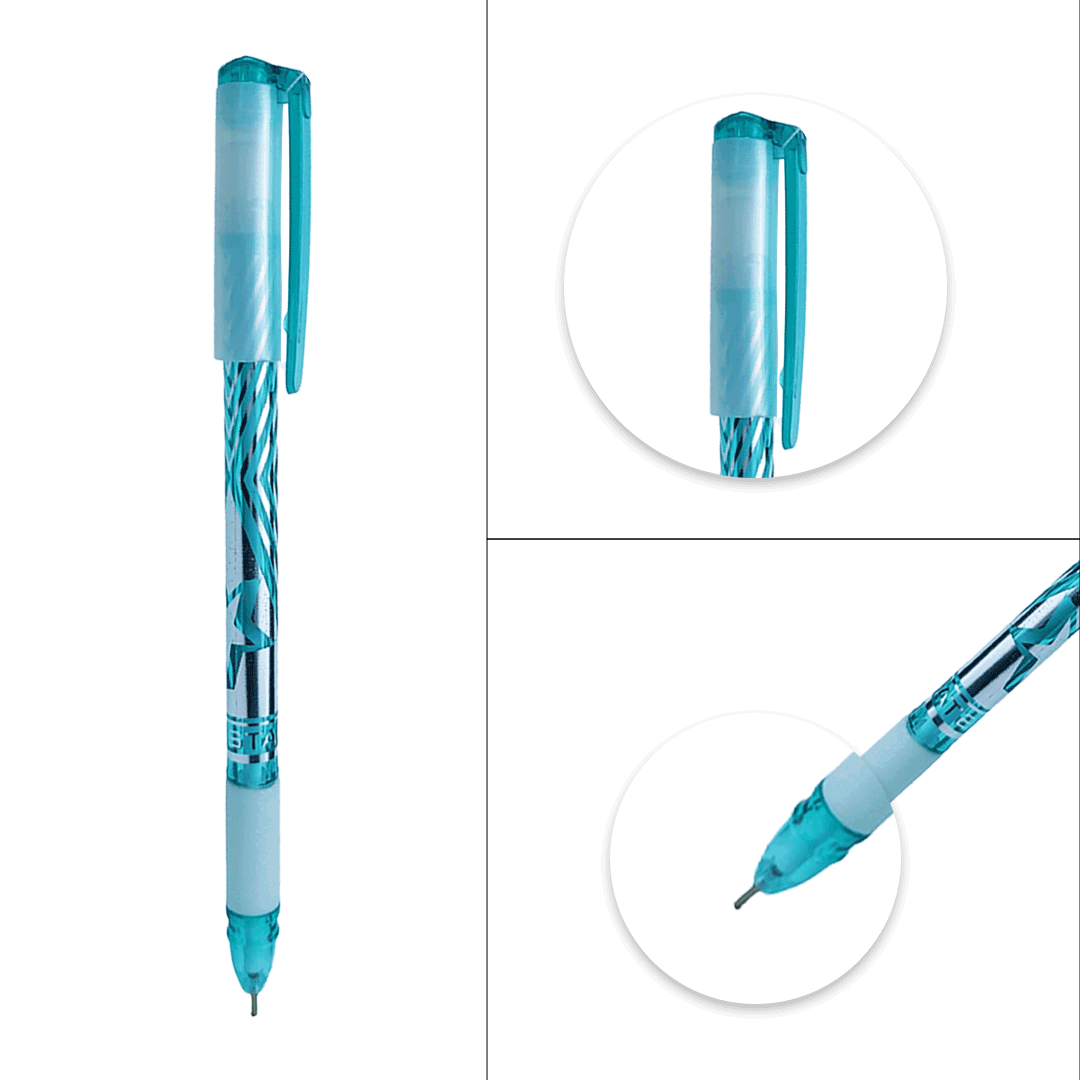How did Pens become ink-storing tools during 973 AD?
Did you know?
The earliest mention of a pen with an ink reservoir in 973 AD marked a significant milestone in the history of writing products. This innovative invention not only addressed a practical problem but also revolutionized the act of writing, making it more efficient and accessible.
Back in 973 AD. Caliph Ma’ād al-Mu’izz, the ruler of the Maghreb region in Northwest Africa, made a request that would change the course of writing history. He sought a solution to the problem of his hands getting stained while writing with the conventional pens of the time, which required constant dipping into an inkwell. To fulfill the caliph’s request, an innovative pen was designed that could hold ink inside its reservoir. This invention not only addressed the caliph’s concern about ink stains but also introduced a more efficient and convenient way of writing. These early pens were made from a variety of materials, including wood, metal, and bone, and were often elaborately decorated to reflect their importance as writing tools.
Over time, the design of pens with ink reservoirs continued to evolve, leading to the development of the modern day fountain pen. Fountain pens, which use a combination of gravity and capillary action to draw ink from the reservoir to the nib, became popular in the 19th century and remain a beloved writing instrument to this day.



